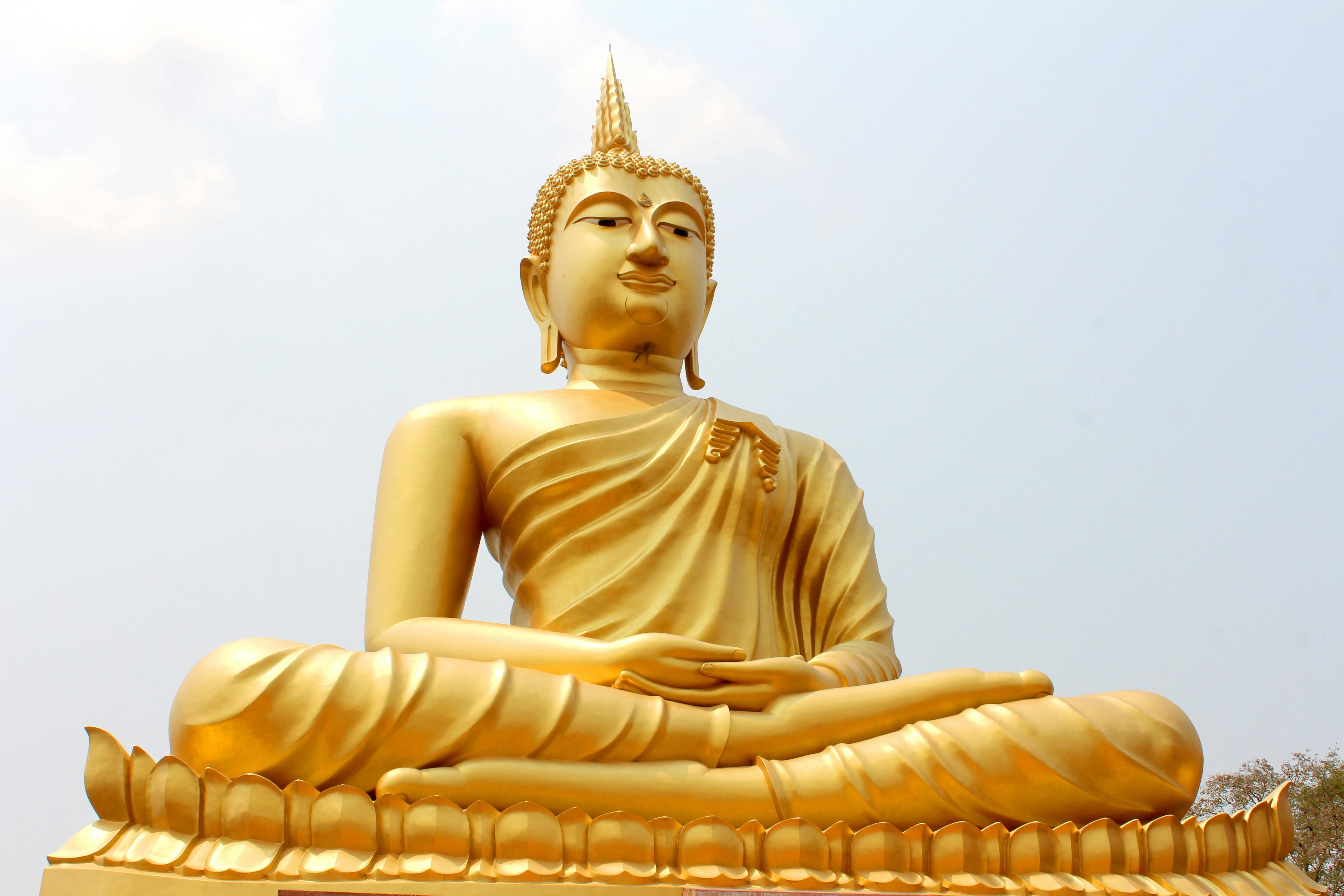Buddhist Monasteries in India: A Journey Through Sacred Spaces and Timeless Teachings

India, the birthplace of Buddhism, is home to a rich tapestry of monasteries that span centuries and styles. Buddhist monasteries in India are not just places of worship—they are living centers of meditation, art, philosophy, and community. Whether nestled in the Himalayas or hidden in forested valleys, each monastery offers a unique glimpse into the spiritual and cultural legacy of the Buddha.
Here’s a comprehensive guide to the most iconic and spiritually significant Buddhist monasteries across India:
🏔️ 1. Hemis Monastery – Ladakh
Located in the Hemis region of Ladakh, Hemis Monastery is the largest and wealthiest monastery in India.
-
Belongs to the Drukpa lineage of Tibetan Buddhism
-
Famous for the Hemis Festival, celebrating Guru Padmasambhava
-
Houses ancient thangkas, statues, and sacred texts
-
Surrounded by dramatic Himalayan landscapes
🏞️ 2. Thiksey Monastery – Ladakh
Often compared to the Potala Palace in Lhasa, Thiksey Monastery is a 12-story complex perched on a hill.
-
Features a massive statue of Maitreya Buddha
-
Offers panoramic views of the Indus Valley
-
Hosts daily prayers and rituals open to visitors
-
A key stop on the Ladakh Buddhist circuit
🏯 3. Tawang Monastery – Arunachal Pradesh
Tawang Monastery is the largest in India and second-largest in Asia.
-
Founded in the 17th century by Merak Lama Lodre Gyatso
-
Belongs to the Gelugpa sect of Tibetan Buddhism
-
Houses a giant gilded Buddha statue and ancient scriptures
-
A spiritual and cultural hub in Northeast India
🧘♂️ 4. Rumtek Monastery – Sikkim
Located near Gangtok, Rumtek Monastery is the seat of the Karmapa, the head of the Karma Kagyu lineage.
-
Known for its vibrant architecture and spiritual energy
-
Hosts annual rituals and teachings
-
Includes the Dharma Chakra Centre and Golden Stupa
-
A major pilgrimage site for Tibetan Buddhists
🏞️ 5. Namdroling Monastery – Karnataka
Also known as the Golden Temple, Namdroling Monastery is located in Bylakuppe, one of the largest Tibetan settlements in South India.
-
Belongs to the Nyingma tradition
-
Houses over 5,000 monks and nuns
-
Features golden statues of Buddha, Guru Rinpoche, and Amitayus
-
Offers meditation retreats and cultural programs
🏛️ 6. Sanchi Monastery – Madhya Pradesh
Part of the Sanchi Stupa complex, this ancient site is a UNESCO World Heritage location.
-
Built by Emperor Ashoka in the 3rd century BCE
-
Features stupas, monasteries, and intricately carved gateways
-
A key center of early Buddhist architecture
-
Ideal for history buffs and spiritual seekers
🏞️ 7. Ghoom Monastery – West Bengal
Located near Darjeeling, Ghoom Monastery is one of the oldest in the region.
-
Belongs to the Gelugpa sect
-
Houses a 15-foot statue of Maitreya Buddha
-
Offers stunning views of the Kanchenjunga range
-
Known for its peaceful ambiance and prayer rituals
🏕️ 8. Mindrolling Monastery – Uttarakhand
Situated in Dehradun, Mindrolling Monastery is a major center for Tibetan Buddhism in North India.
-
Features a 60-meter-high stupa and a large statue of Buddha
-
Includes a garden, prayer halls, and a Tibetan art school
-
Hosts teachings and meditation sessions
-
A tranquil retreat for spiritual practice
🏞️ 9. Phugtal Monastery – Zanskar Valley, Ladakh
Phugtal Monastery is one of the most remote and visually stunning monasteries in India.
-
Built into a cliffside cave overlooking the Lungnak River
-
Accessible only by trekking
-
Home to monks who live in harmony with nature
-
Offers a rare glimpse into monastic life in isolation
🏯 10. Amaravati Monastery – Andhra Pradesh
Located near the Krishna River, Amaravati Monastery is part of the ancient Buddhist heritage of the region.
-
Associated with the Amaravati Stupa, dating back to 200 BCE
-
A center for Theravada Buddhist practice
-
Hosts teachings and meditation retreats
-
Important for archaeological and spiritual exploration
🧘 11. Mahabodhi Temple Complex – Bodh Gaya, Bihar
While not a monastery in the traditional sense, Mahabodhi Temple is the most sacred Buddhist site in India.
-
Built at the site of Buddha’s enlightenment
-
Surrounded by monasteries from Thailand, Japan, Bhutan, and more
-
Hosts international pilgrimages and teachings
-
A UNESCO World Heritage Site
🕉️ 12. Tibetan Monasteries in Dharamshala – Himachal Pradesh
Dharamshala is the seat of the Dalai Lama and home to several important monasteries:
-
Namgyal Monastery: Personal monastery of the Dalai Lama
-
Gyuto Monastery: Known for tantric rituals and chanting
-
Tsuglagkhang Complex: Includes temples, museums, and meditation halls
These monasteries are vibrant centers of Tibetan culture and activism.
🧭 Best Time to Visit Buddhist Monasteries in India
-
Spring (March–May): Ideal for Himalayan monasteries like Ladakh and Sikkim
-
Summer (June–August): Visit southern and central India monasteries
-
Autumn (September–November): Clear skies and festivals like Hemis and Losar
-
Winter (December–February): Snowy retreats in Zanskar and Tawang
🧳 Travel Tips
-
Respect local customs: Dress modestly, remove shoes, and maintain silence
-
Participate mindfully: Join prayer sessions or meditation if permitted
-
Support local communities: Buy handicrafts and donate to monastery upkeep
-
Plan ahead: Some monasteries require permits or are accessible only by trek
🌿 Final Thoughts
Buddhist monasteries in India are more than architectural marvels—they are gateways to peace, wisdom, and cultural richness. Whether you're meditating in Rumtek, trekking to Phugtal, or attending a festival in Hemis, each monastery offers a unique path to inner stillness and spiritual insight.



